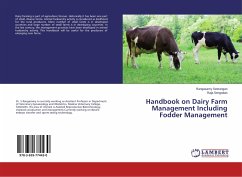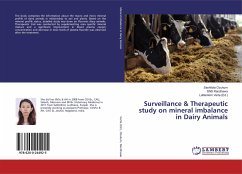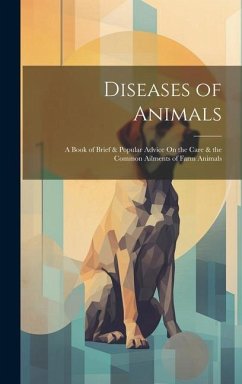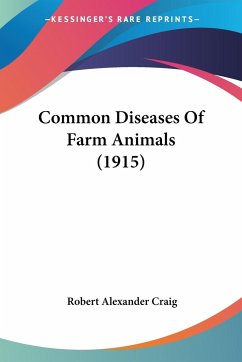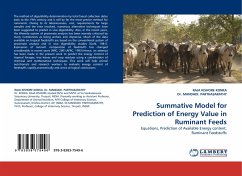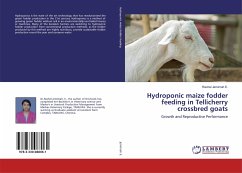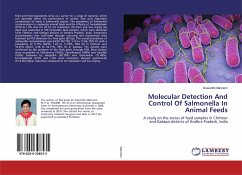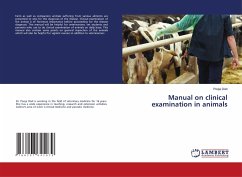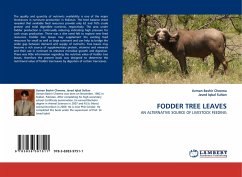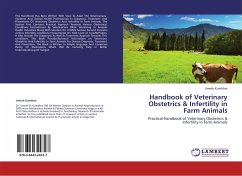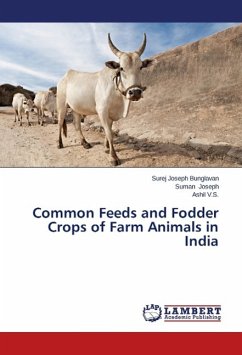
Common Feeds and Fodder Crops of Farm Animals in India
Versandkostenfrei!
Versandfertig in 6-10 Tagen
24,99 €
inkl. MwSt.

PAYBACK Punkte
12 °P sammeln!
The feeds and fodders for livestock are classified as roughages and concentrates, dry and fresh, as well as conventional and unconventional. Crop residues are the single largest bulk feed material available at the doorsteps of the farmers for feeding livestock, specifically, the ruminants. Antinutritional factors present in the agro-byproducts or unconventional feeds can interfere with the feed utilization, reduce production or affects the health of the animal. Various agro-byproducts, unconventional products such as molasses, silkworm pupae, distillery waste, wastes and byproducts from meat, ...
The feeds and fodders for livestock are classified as roughages and concentrates, dry and fresh, as well as conventional and unconventional. Crop residues are the single largest bulk feed material available at the doorsteps of the farmers for feeding livestock, specifically, the ruminants. Antinutritional factors present in the agro-byproducts or unconventional feeds can interfere with the feed utilization, reduce production or affects the health of the animal. Various agro-byproducts, unconventional products such as molasses, silkworm pupae, distillery waste, wastes and byproducts from meat, milk and fish, chiefly meat scrap, whey powder and fish meal are put into use for livestock feeding in India for economic livestock farming.



